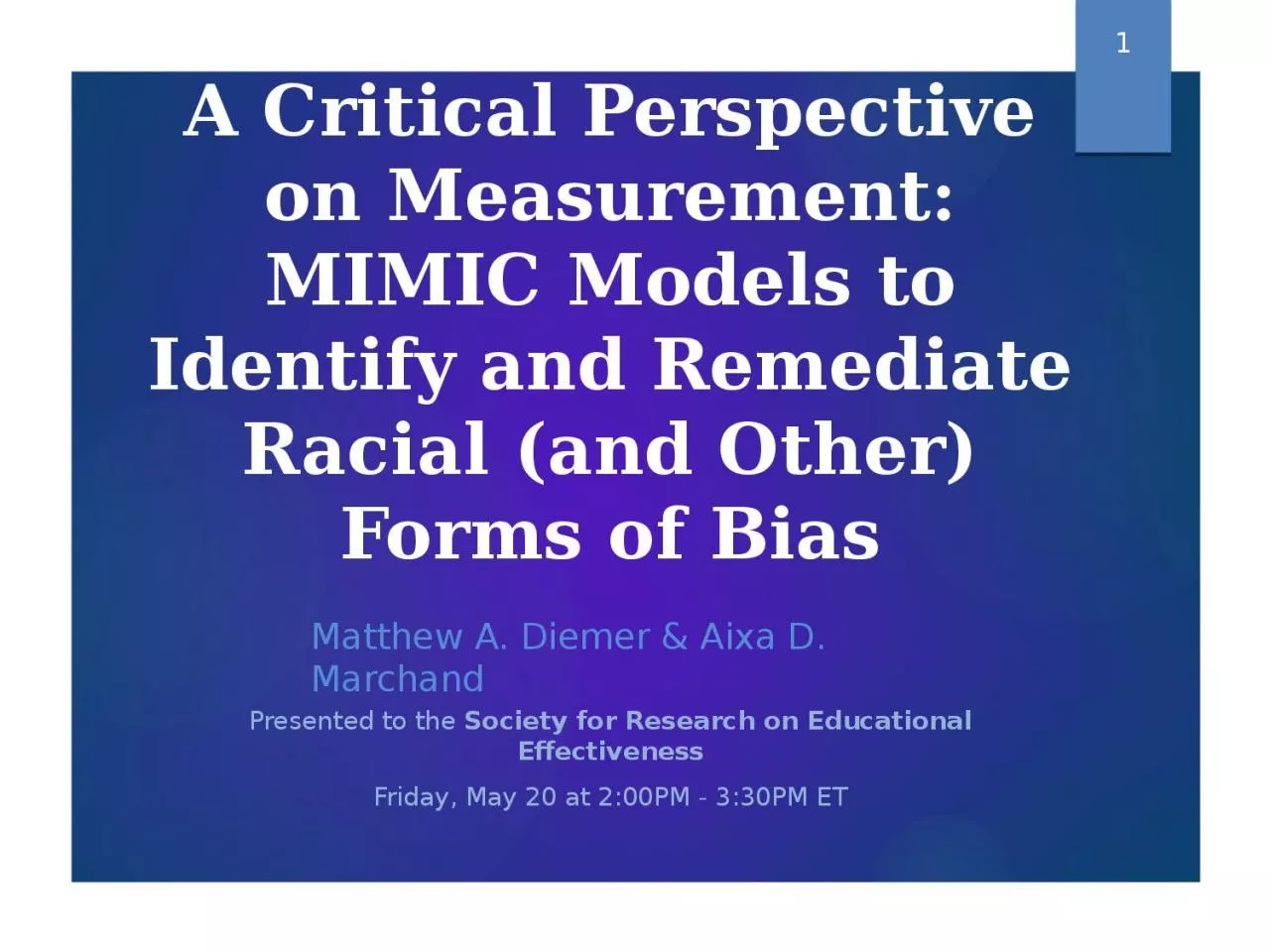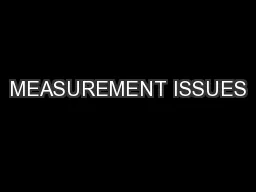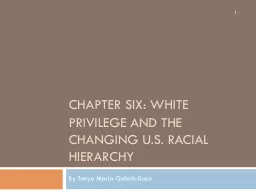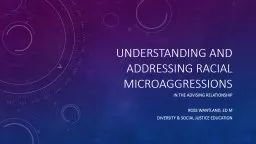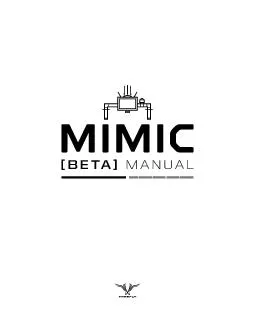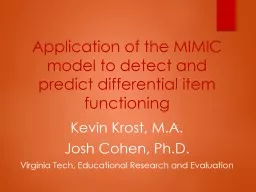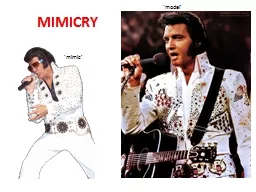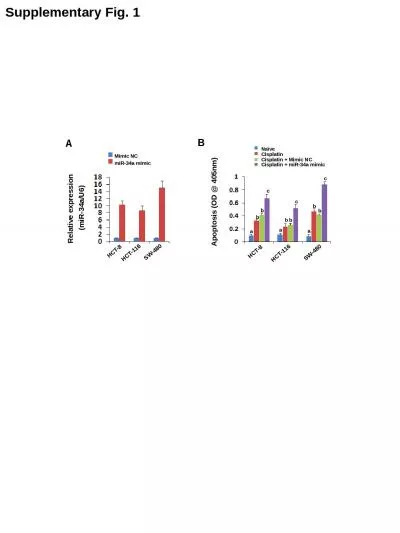PPT-A Critical Perspective on Measurement: MIMIC Models to Identify and Remediate Racial (and
Author : Wildboyz | Published Date : 2022-08-03
Presented to the Society for Research on Educational Effectiveness Friday May 20 at 200PM 330PM ET 1 Matthew A Diemer amp Aixa D Marchand Problematic History of
Presentation Embed Code
Download Presentation
Download Presentation The PPT/PDF document "A Critical Perspective on Measurement: M..." is the property of its rightful owner. Permission is granted to download and print the materials on this website for personal, non-commercial use only, and to display it on your personal computer provided you do not modify the materials and that you retain all copyright notices contained in the materials. By downloading content from our website, you accept the terms of this agreement.
A Critical Perspective on Measurement: MIMIC Models to Identify and Remediate Racial (and: Transcript
Download Rules Of Document
"A Critical Perspective on Measurement: MIMIC Models to Identify and Remediate Racial (and"The content belongs to its owner. You may download and print it for personal use, without modification, and keep all copyright notices. By downloading, you agree to these terms.
Related Documents

